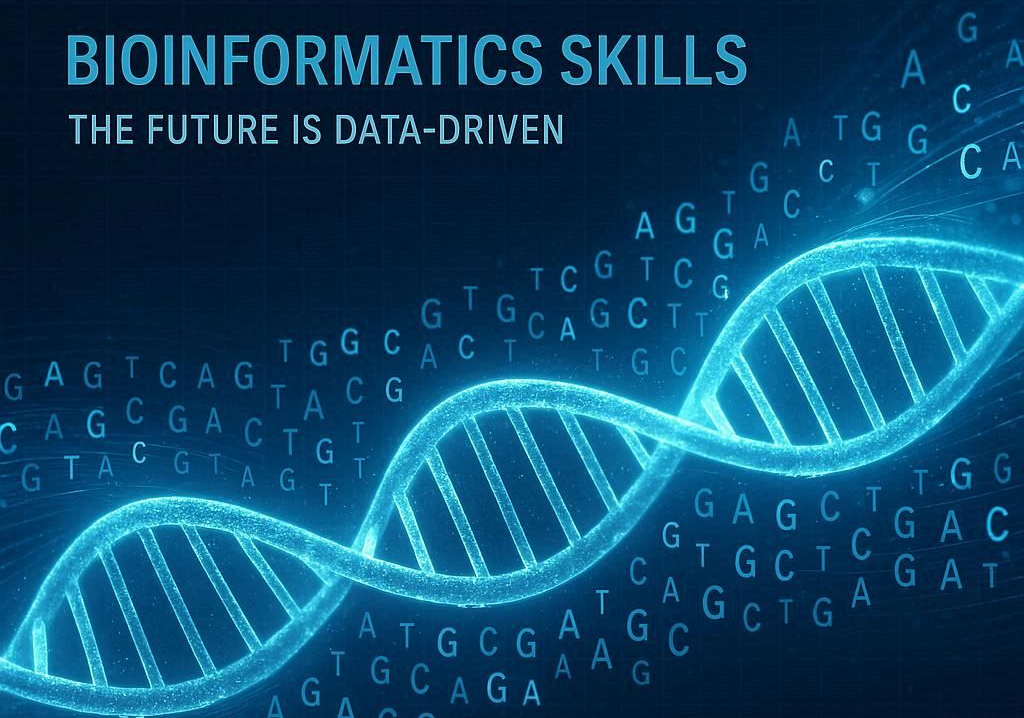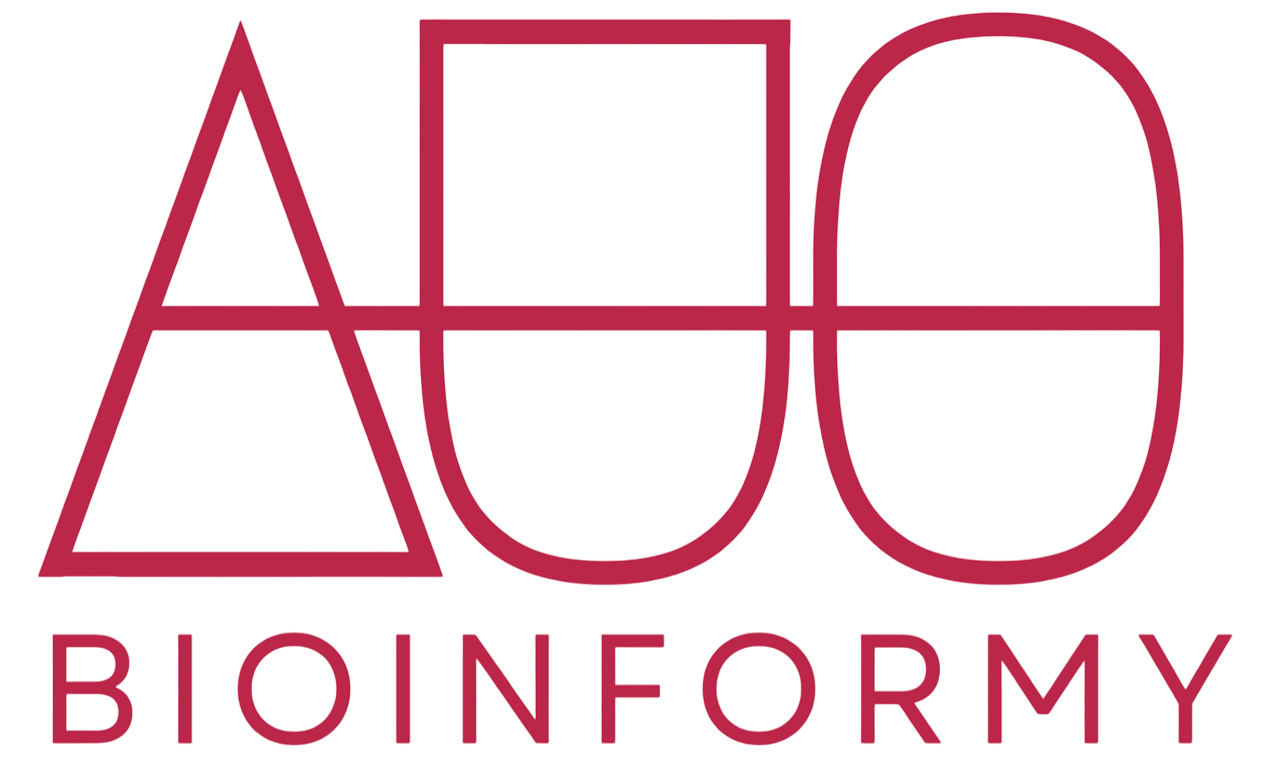Bioinformatics & Biological Data Skills You NEED in 2025 — Backed by Science

Core Skills and Tools for 2026
1️⃣ Python & R for Life Sciences
Programming is the gateway skill for bioinformatics. Python and R enable everything from statistical testing to automation of omics pipelines. Cloud-based notebooks (e.g., Google Colab) are now being used to teach bioinformatics in engaging, team-based formats (Osório, 2025).
✅ Start with: Biopython, pandas, ggplot2, and DESeq2.
2️⃣ NGS & Multi-Omics Data Analysis
High-throughput omics requires a solid understanding of raw data formats (e.g., FASTQ), QC, alignment, variant calling, and expression analysis. Standardized pipelines using Nextflow and nf-core are key to reproducibility (Agudelo-Romero et al., 2025).
✅ Learn to use: FastQC, STAR, GATK, Salmon, MultiQC.
3️⃣ Biological Databases
Effective use of databases like BLAST, UniProt, KEGG, and Ensembl allows fast querying of genes, pathways, and variants. This skill is crucial for annotation and interpretation of genomic data (Lukhele et al., 2025).
✅ Practice querying via command-line tools and APIs.
4️⃣ Machine Learning for Biomarker Discovery
ML is now a core component of genomic data science, but real-world application requires more than just training a model. Proper validation, data pre-processing, and dimensionality reduction (e.g., PCA) are essential (Lukhele et al., 2025).
✅ Tools to explore: scikit-learn, XGBoost, TensorFlow, PyTorch.
5️⃣ Visualization & Communication
Good science is communicated science. Libraries like Matplotlib, Seaborn, and ggplot2 are essential for generating clear and publication-quality figures.
✅ Focus on: heatmaps, volcano plots, PCA plots, network diagrams.
🚨 Scientifically Verified Common Pitfalls
❌ Over-reliance on GUI tools
While user-friendly platforms like Galaxy can ease the learning curve, scripting is critical for reproducibility and automation (Nasr et al., 2024).
❌ Ignoring statistical foundations
Bioinformatics without statistics is like a genome without genes. You need solid grounding in FDR correction, PCA, hierarchical clustering, and hypothesis testing (Lukhele et al., 2025).
📚 Get Started Now
🔗 Want curated courses, datasets & cheat sheets?
Enroll Now: https://bioinformy.com/courses
📚 References
- Agudelo-Romero, P., Conradie, T., Caparros-Martin, J. A., et al. (2025). Advancing bioinformatics capacity through Nextflow and nf-core: Lessons from an early-to mid-career researchers–focused program at The Kids Research Institute Australia. Frontiers in Bioinformatics. Link
- Bahmani, A., Cha, K., Alavi, A., et al. (2025). Achieving inclusive healthcare through integrating education and research with AI and personalized curricula. Communications Medicine. Link
- Lukhele, S. T., Ras, V., & Mulder, N. (2025). Workforce development in genomic data science for health: A worldview. Annual Review of Genomics and Human Genetics. Link
- Osório, N. S., & Garma, L. D. (2025). Teaching Python with team‐based learning: Using cloud‐based notebooks for interactive coding education. FEBS Open Bio. Link
- Nasr, E., Pechlivanis, N., Strepis, N., et al. (2024). Microbiology Galaxy Lab: The first community-driven gateway for reproducible and FAIR analysis of microbial data. bioRxiv (preprint). Link

